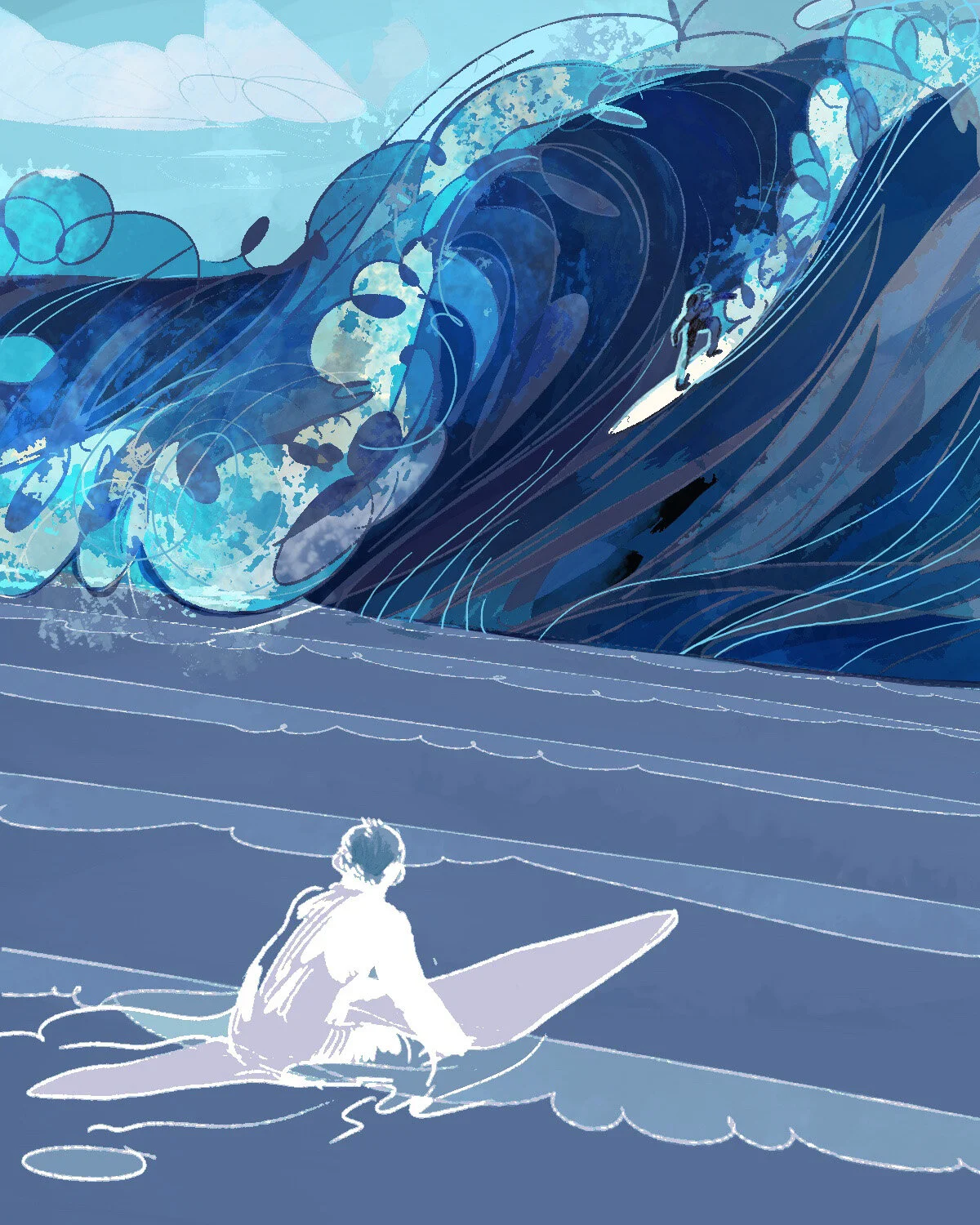To See Like a Human, computer scientists quest after aristotle’s holy grail
Editorial illustration for Princeton University by Amey Zhang, article written by Taylor Beck
The questions sound simple. What makes a cat a cat? How do we recognize a bear, or confuse one for a dog?
Article excerpt:
“Our intention is to ask whether we can take findings in psychology that were based on very simple stimuli and apply them to more naturalistic settings,” says Ruairidh Battleday, a graduate student in the department of Computer Science at Princeton. “This is exciting because reasoning about humans in the real world is what motivates us as psychologists.” Working with professor of psychology and computer science Tom Griffiths and postdoctoral researcher Josh Peterson, Battleday has co-authored a series of ambitious papers, proposing a new way to study an ancient riddle.
“What I cannot create, I do not understand,” physicist Richard Feynman wrote. If we want to learn how humans learn concepts -- how we sort the world -- we’ll need machines that can see like we do.
Researchers train algorithms to make the same kinds of mistakes as human participants.
These human-like artificial minds are then dissected to suggest answers to how we derive generalizable concepts from a world of specifics.
“I remember surfing with some people a few months ago,” Battleday recalls. “They knew exactly which waves to take. I was there trying to analyze, ‘what would be a good one?’, and I kept getting it wrong.” The surfers navigated the waves, he thinks, because they’ve learned a new representation for '“what makes a good wave”: a shape of category that doesn’t exist in the amateur’s mind. If waves to most of us are flat drawings, the surfer has learned to scu/pt in 3D.



